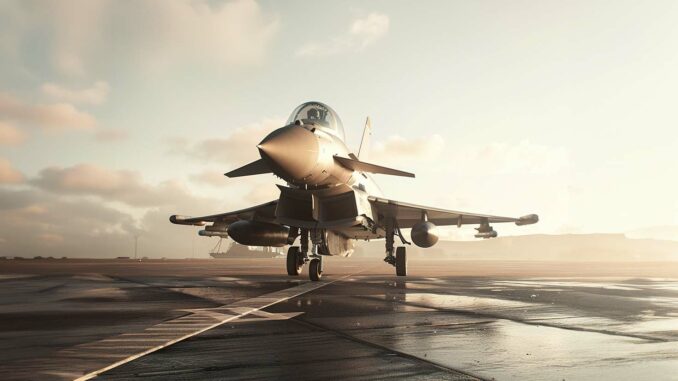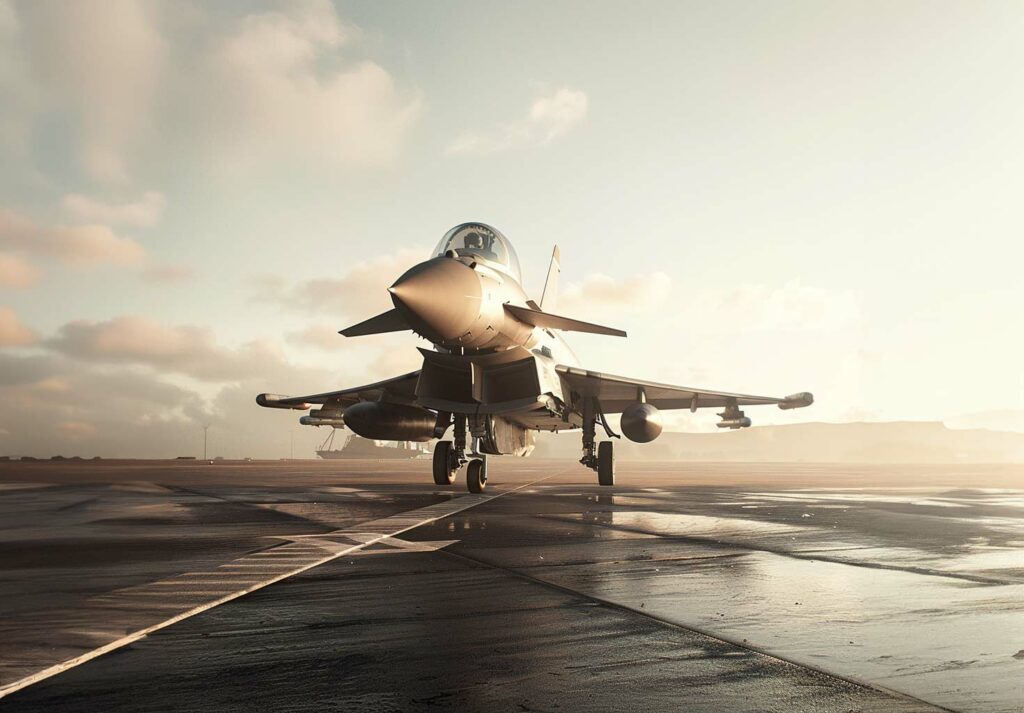
The Nordic nations are considering military changes to align themselves with NATO, proposing the creation of a joint air force to strengthen regional security.
The Nordic countries, recently unified under the NATO banner, find themselves at a crossroads, having to reconcile their national and regional security needs with the requirements of the alliance. This transition to integrated air defense represents a major shift in their approach to airspace security, involving significant adjustments to their current command structures.
A new air defense paradigm
In March 2023, an ambitious initiative was launched by the air force commanders of Sweden, Norway, Finland and Denmark: the creation of a joint Nordic air force. This proposal aims to protect shared airspace through a series of integrated measures, including the coordination of command and control, the joint planning and execution of operations, the establishment of flexible air bases, the sharing of situational awareness, and the development of joint education programs and training exercises.
This approach, while unprecedented in terms of the level of integration, is not entirely new to these countries, which already have experience of military cooperation. Nevertheless, acting as a coordinated rather than independent air force requires a fundamental change in the way they manage their air safety.
Towards a unified command function
According to Colonel Søren Andersen of the Royal Danish Air Force, successful integration requires the establishment of a command function capable of planning and executing operations in real time, including the use of weapons to defend the territories concerned. For example, the effective defense of Copenhagen would require close coordination between Sweden, its allies and Swedish airspace, requiring consensus and rapid, firm decision-making.

A “mini-NATO”?
This Nordic initiative, while sharing certain management responsibilities for the combined military force, is not intended to replace NATO, but rather to integrate into it as a complementary component. This clarification was made to dispel any notion of a “mini-NATO”, an appellation that some officials seem to resent.
Integration within NATO
The main challenge lies in integrating these Nordic national and regional responsibilities into NATO’s current command and control (C2) structure. With all the Nordic states joining NATO, the question of aligning their initiatives with the alliance’s plans becomes crucial. It has been suggested that NATO’s command over the Nordic region be transferred from the headquarters in Brunssum, Netherlands, to the Joint Forces Command in Norfolk, USA.
NATO’s command and control structure, not having been specifically designed for territorial defense, requires revision to integrate the concept of Nordic air power and the Nordic air operations center.
Experimentation and the future
This year’s Nordic Response exercise marked a significant step forward with the establishment, for the first time, of a temporarily combined Nordic air operations center at Bodø air base in Norway. Comprising air force personnel from Denmark, Finland, Norway and Sweden (Iceland has no army), the center served as a test to assess the feasibility of the proposed integration.
–
The Nordic countries’ initiative to form a joint air force within NATO represents a significant evolution in their approach to regional security. Overcoming the challenges of integrating their command structures with the requirements of the alliance, these nations aspire to a more cohesive and effective air defense. This approach, reflecting a deep commitment to collective security, could serve as a model for other regions of the world.
War Wings Daily is an independant magazine.